Visit our blogger resource page.
Things that go bump in the field
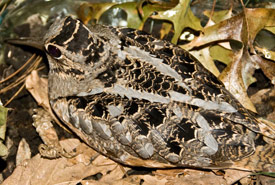
American woodcock (Photo by Lavandar Fields/Wikimedia Commons)
I have spent a lot of time at a lot of different field sites over the years. I have spent days in the blistering sun, days in the frigid cold and days in the pouring rain, but until last spring, I had never spent any time in the field after...
The magic of seaweed
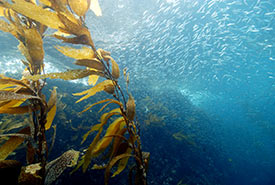
Kelp forest (Photo by Robert Schwemmer/NOAA via Wikimedia Commons)
Along the Pacific Northwest, there are over 640 different species of seaweed. They come in many different shapes and sizes. However, they’re commonly grouped into three colours: brown, green and red. While these different species of seaweeds...
Do you get enough Vitamin N?
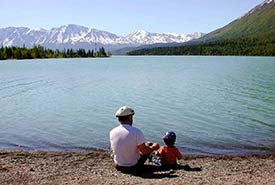
Father and child by the lake (Photo by Laubenstein Karen, U.S. Fish and Wildlife Service/Wikimedia Commons)
You find yourself breathing more deeply, taking in the sharp scent of pine and the sweet mustiness of leaves returning to dust on the forest floor beneath your feet. For a moment, the quiet is broken only by birdsong — the notes that...
What will we save? The conservation decisions we make today will impact Canada’s wildlife forever
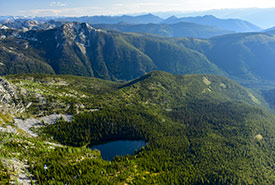
Next Creek alpine lake (Photo by Steve Ogle)
Nature conservation often means making tough decisions. The conservation that does, or doesn’t, happen today will have a big impact on the future of wildlife here in Canada and beyond. Canada is a large and vast country, and we are one of...
Lessons in winter wildlife photography
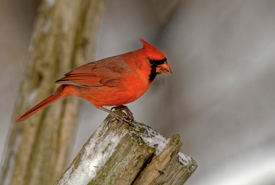
Male cardinal (Photo by Lorne)
Distant memories of my first film camera come to mind when I think about photography. Its silver colour and round dials looked impressive, everything was manual, all decisions were mine and feedback was non-existent, until the film was processed....
The Great Backyard Bird Count: Counting birds for community science
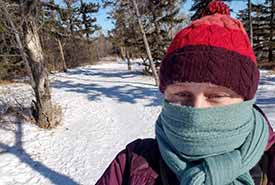
Dressed for birding in the polar vortex (Photo by Sarah Ludlow/NCC staff)
The Great Backyard Bird Count (GBBC) is a global community science project that aims to gather a snapshot of bird populations and distributions in mid-February, before their annual spring migrations begin. The GBBC runs for four days each year,...

